First of all, before any comments, I have to acknowledge the work of Robert Kiyosaki.
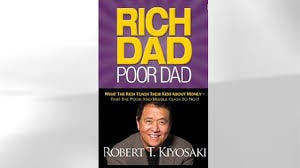
Figure 1 Cover of Robert Kiyosaki book
He is almost right on everything. I even recognised my parent’s talk on his description of Poor Dad mentality. Indeed, I come from a poor background with a single parent where education was the key to safe job (state job).
I did student jobs to finance my study, then after having brilliantly graduated, I worked at the City as bankers. I have no clue about my own desire or aspirations. Most part of my dreams have been put in my head but I have been an entrepreneur my entire life: not in serie but a serial in parallel!
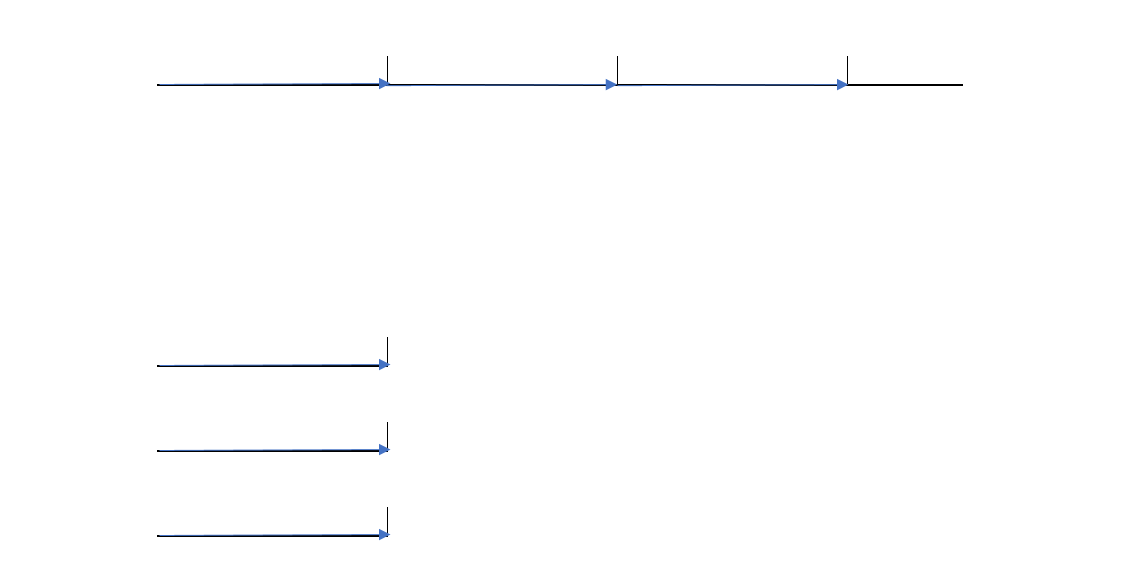
Figure 2 two types of achiever, in series and in parallel
I clearly deviated from my mom paradigm. In fact, I went through all the Quadrant.
What a Quadrant?
Let’s back to Robert Theory. We will discuss 4 important comments
1. Missing Part
There is a missing part of the Quadrant (and I totally understand why Robert forget it)
The Quadrant is defined as follow:
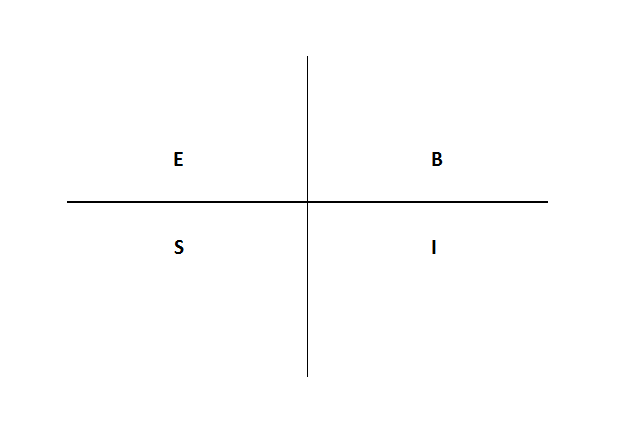
Figure 3 Classic Quadrant from Robert Theory
Robert defines:
· E which gives time for security
· S gives his talent and time for stability
· B delegates and monitor E for profit
· I gives money to have more money
E works for someone (B)
S works for himself (S)
B monitors others (E)
I monitors money
It is cleared that B and I have time, we can argue that I needs some people to monitor his money.
The passionate fits in all categories.
Indeed, “passion conducts to excellence and excellence conducts to freedom” (cote from “Genie and Folie: Theorie de l’Infini Perceptible”).
In the passionate’s paradigm time is nothing therefore he does not see any advantage to be as I. He is only concerned by his passion and by being in the passion, he can make time flexible, bend it or contract it as he want.
One can consider that it is just a state of mind but it is a particular type which destroys the conclusion of Poor Dad and Rich Dad Quadrant.
Does it really matter to have time, if you don’t know what to do with?
Passion is an energy, working represents an energy which can be lost or gain.
The passionate cant value with money his time so do the I and B.
· E gives time to a job against money
· I gives money for more money and keep times
Passionate gives time and money to this passion but both have no value in this paradigm.
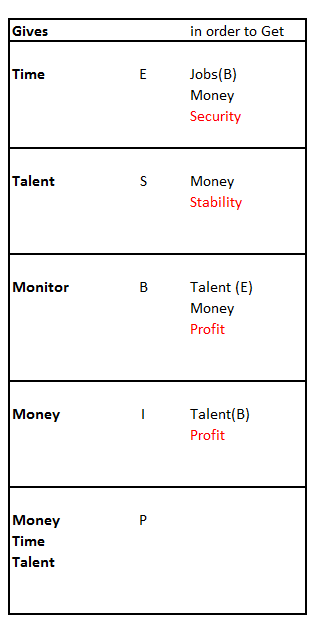
Figure 4 Quadrant profil what they give for their goal
2. Ponzy Scheme vs Direct Sell
My intern asks me for comment about this book. In one video, I was able to see some conflicts with our new context. First the author put the focus on the direct sell program.
“It is the best way to conduct a business”
As financial analyst and world reader, I recognised something dangerous in this type of marketing. Usually, it works like this
It is the first steps
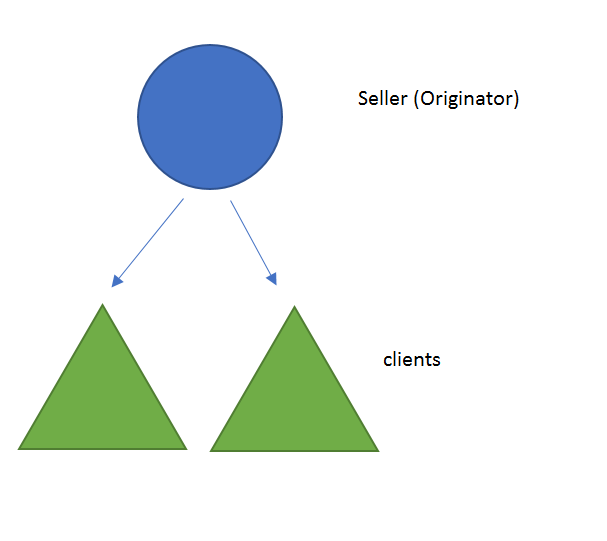
Figure 5 First Step of a Pyramid Scheme
In order to transform them in future seller, you propose to them to become their own boss or (franchised) they will sell franchise to future seller and get franchise commission trough their sponsoring or filiation.
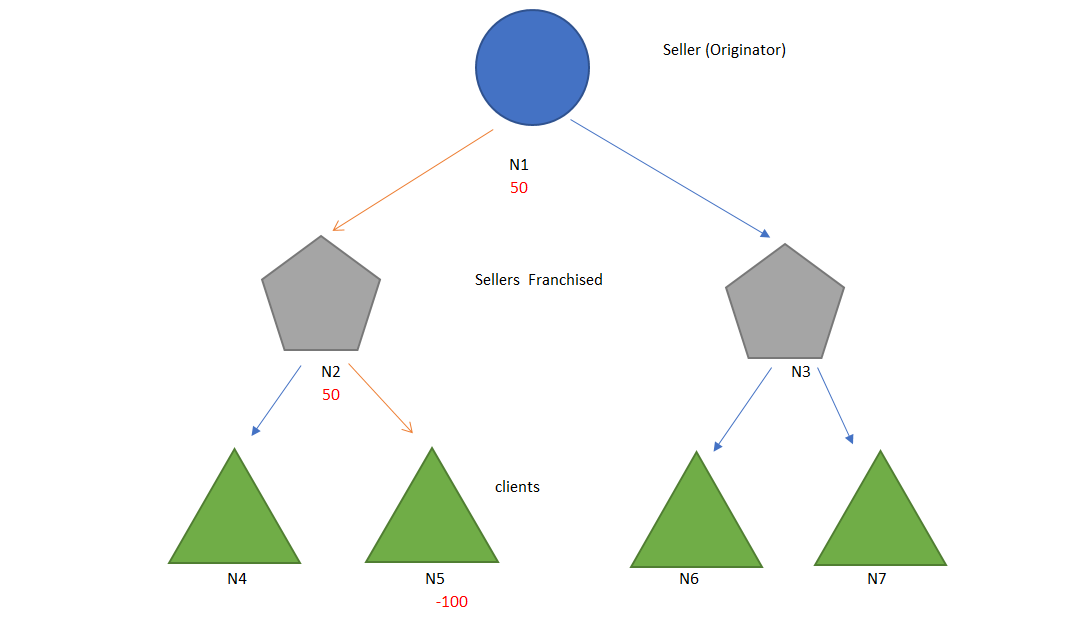
Figure 6 Pyramid Scheme with a high of 3 with subscription sharing for the N5
To make alternative, we suppose that we go to the bottom.
50% to the seller (sponsor) then 50% of the 50% of the top of the pyramid, we cut again the rest in 50% again. We repeat the process for the rest of the filiation.
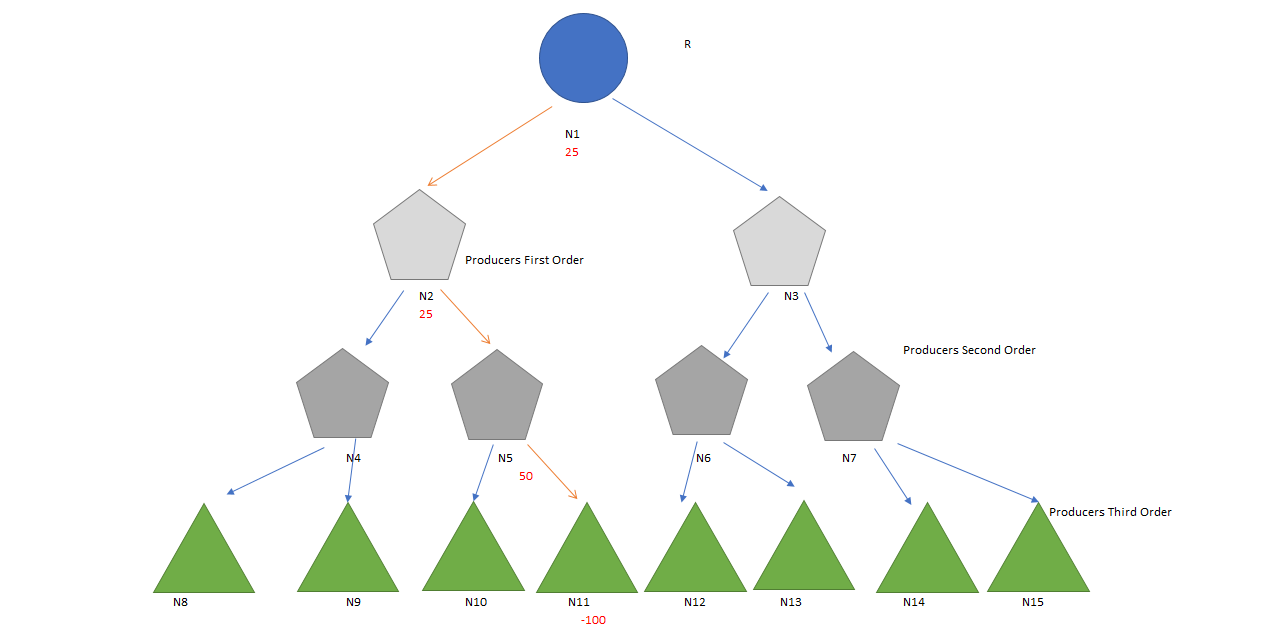
Figure 7 Pyramid Scheme with a high of 4 with subscription sharing for the N11
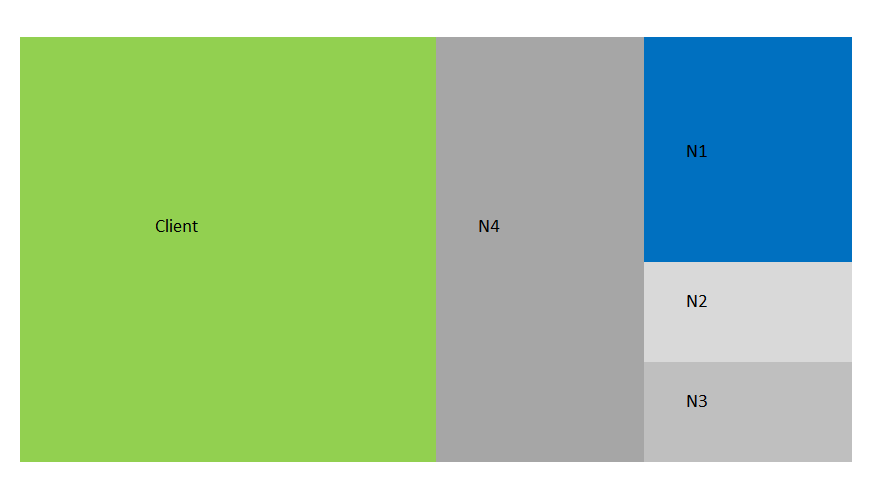
Figure 8 Repartition of the subscription/fees of a client to his filiation of high 5
Note that we can have another scheme.
We could have taken, another distribution fees but this one is exponential and represent a real interest for the owner which won’t be the case in the first scheme.
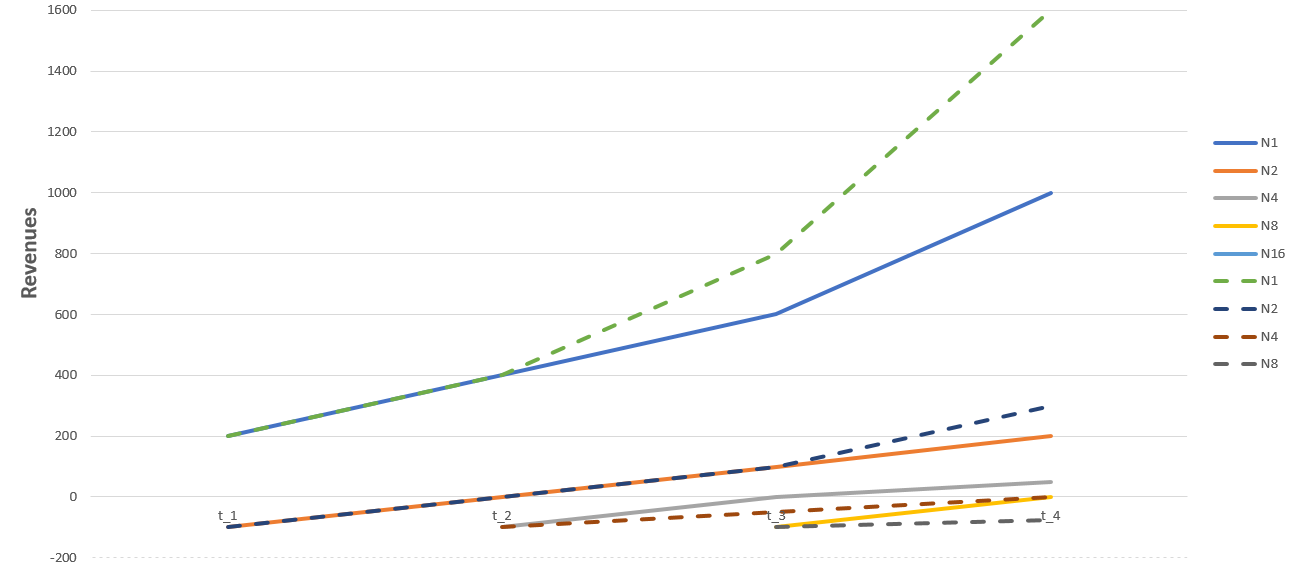
Figure 9 Revenues for different filiation levels as function of time (at each time, new levee eg new clients)
For me, the link with a Ponzi Scheme is obvious for instance, we could consider a club and a guy nominated as “owner”.
To enter in the club, you have fee which will be given for a part to the sponsor and the rest to his filiation. We retrieve pretty much the same scheme. What are the differences?
The first one could be a masked pyramid. When can we challenge it? What should be the criteria to distinguish direct sell from Ponzi scheme?
Could be the fact that the leaf [ ] don’t feel the need to be seller. If all or a percentage became buyer just to be seller. They are paying to be self-employed and to apply the same recruitment process to others.
Concrete example Roconcourt nominated as ”R” (it is a French con artist who victimised Hollywood, the story is real after his released from prison. He attacked the French market pretending that Tom Cruise will play his role on his story movie. He managed to catch attention but also the eyes of a beauty queen)
He pretends to be a boxing champion and declare to people that producers are about to make a movie out of his life. He explained that he is looking for the last producer as the realisation has been delayed because of funding issues.
a. He finds the first two producers. Each of them will give 100 to finance the rest of the movie.
b. When realising the fraud (there is no movie)
a. R will propose to give them back half of the money 50 and for the rest they will need to find two other potential producers each.
c. R will receive 200 from each of his first producers (when they accomplished they sponsoring mission). He will give them back 50, in order to restore their initial investment.
He has been greedy because, he was the only one to cumulate exponential profit from the scheme. By sharing his gain with producers, he could have continued for a while.
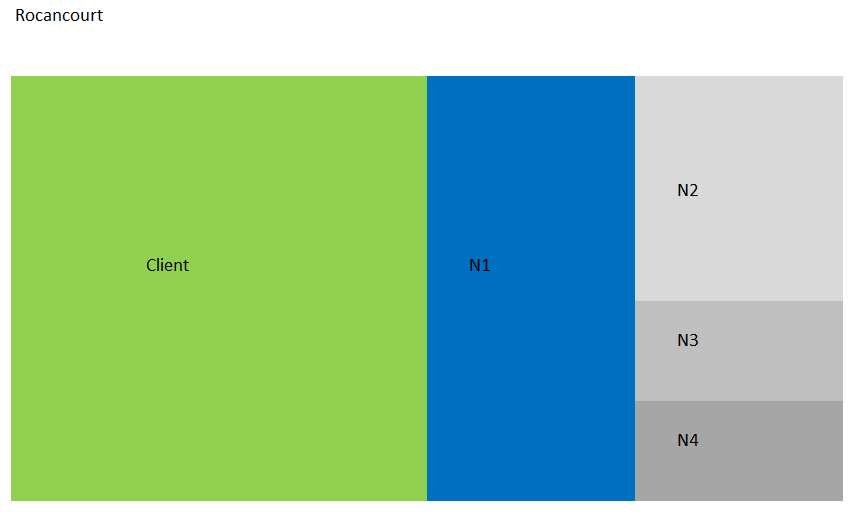
Figure 10 Repartition of the subscription/fees of a client to his filiation of high 5 for a Roconcourt Scheme
3. Author Contradiction
The author is very famous by his conference and his vision but let’s be real. No one knows what is his main income. I could easily say that it is his conferences because, I will have notice in his instruction something about his legitimity.
I don’t say that someone has to be successful to do workshop on success but I just try to think (sorry it is a reflex). Let’s say 80% of his income come from seminar, workshop and conference then we realised that even if he owns an empire, he is still a S because as the author, he is the main attraction. In fact there is not any other attraction. His business rely on him.
“it is like someone you see on TV but you forgot why he has been there in the first place!”
4. Quadrant are not valid anymore!
Yes, I said it. It is a very important point which can make everything say by Robert in perspective.
Because of the infernal circle of the capitalism liberal, saturated markets are weakened by instabilities and chronicle crisis. It is exactly what happen in 2008. After a bubble on the credit market (subprimes and derivatives associated with it), we have seen a lot of bankruptcy the systemic risk spread and I become a E replaceable and useless. Indeed money and time were under attacked.
E gives more times to be less safer whereas I gives money putting his own capital at risk even in the supposedly riskless transaction. (see the Fear Pricing Theory and Introduction to the Fear Pricing Theory).
B and S have still some control in order to adapt to the context but at the end of the day, they are all govern by state rules, states who are governs by capitalism and capitalists. The paradox is that the capitalist and capitalism can have an opposite direction and destroy each other.
entrepreneur and writter
twitter : ckamtchueng
instagram : c.kamtchueng
author of Mister Dockins Wishes
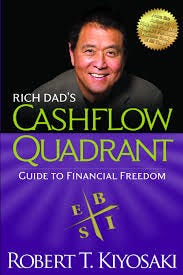
Quadrant Theory

